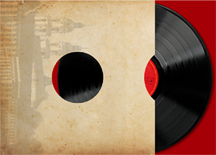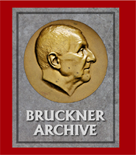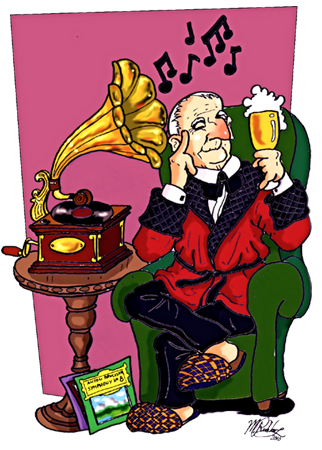Piano Transcription of the Symphony No. 3 (2 hands - Arthur Willner)
Transcription for Piano two hands By Arthur Willner (1881-1959) From Wikipedia Arthur Willner was born in Turn (Teplice) [now the Czech Republic] in what was then part of the Austrian Empire. Having trained in Leipzig with Karl Piutti and Carl Reinecke and Munich with Ludwig Thuille and Josef Rheinberger, he secured his first significant academic post at the young age of twenty-three, when he was appointed deputy director of the Stern Conservatory, Berlin. He worked there from 1902 until 1924, teaching courses in composition, score reading, orchestration, harmony, counterpoint, canon and fugue. He was invited by former students to start a music conservatory in Istanbul. However, the extreme change of politics and government instability forced him to leave after 8 months. He moved to Vienna in 1923, where he taught at the Volkshochschule and Wiener Neues Konservatorium, and edited music for Universal Edition until his emigration. On 15 March 1938, Willner left Austria for Paris to escape the German Anschluss of Austria; he moved to England later that year. After arriving in England, Willner received an invitation through the Jewish Centre, Woburn House from Arthur Franklin, director of Routledge & Co, to stay at Chartridge House, Buckinghamshire. Willner stayed for two months. In September 1939, Willner and his wife moved to Kington, Herefordshire, to stay at the gardener's cottage at Gravel Hill, residence of English composer E. J. Moeran's family. Willner remained here until 1945. Willner developed a heart condition in 1948, which left him bed-bound until his death at 68 in 1959. Willner composed over well over 100 works. Despite his relatively prominent place in the German musical establishment during the first part of the century, most of his works are now completely unknown and many believed lost. They included orchestral music (including six symphonies, a violin concerto Op. 67, two piano concertos and a concerto for string orchestra, Op. 37), chamber music (much of it with piano, but also five string quartets). Today, he is best remembered for his piano transcriptions. |







